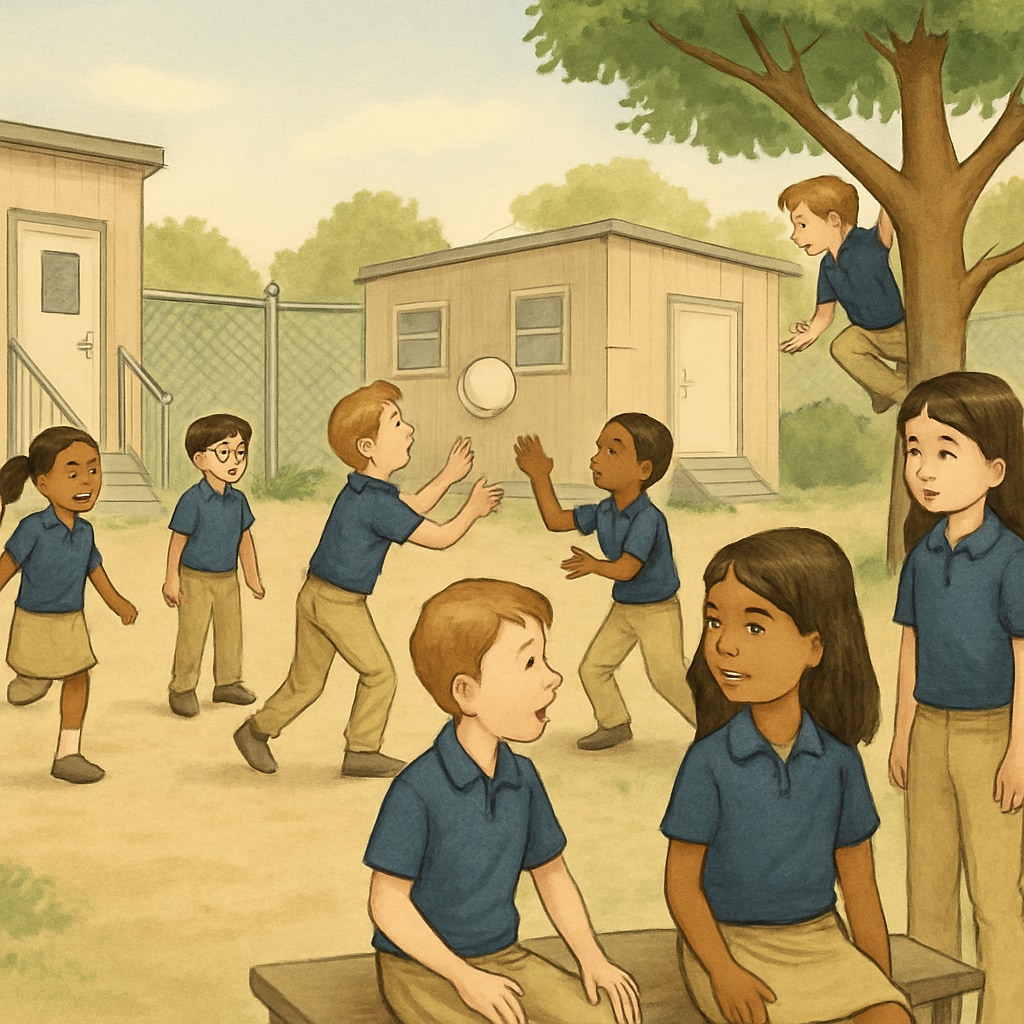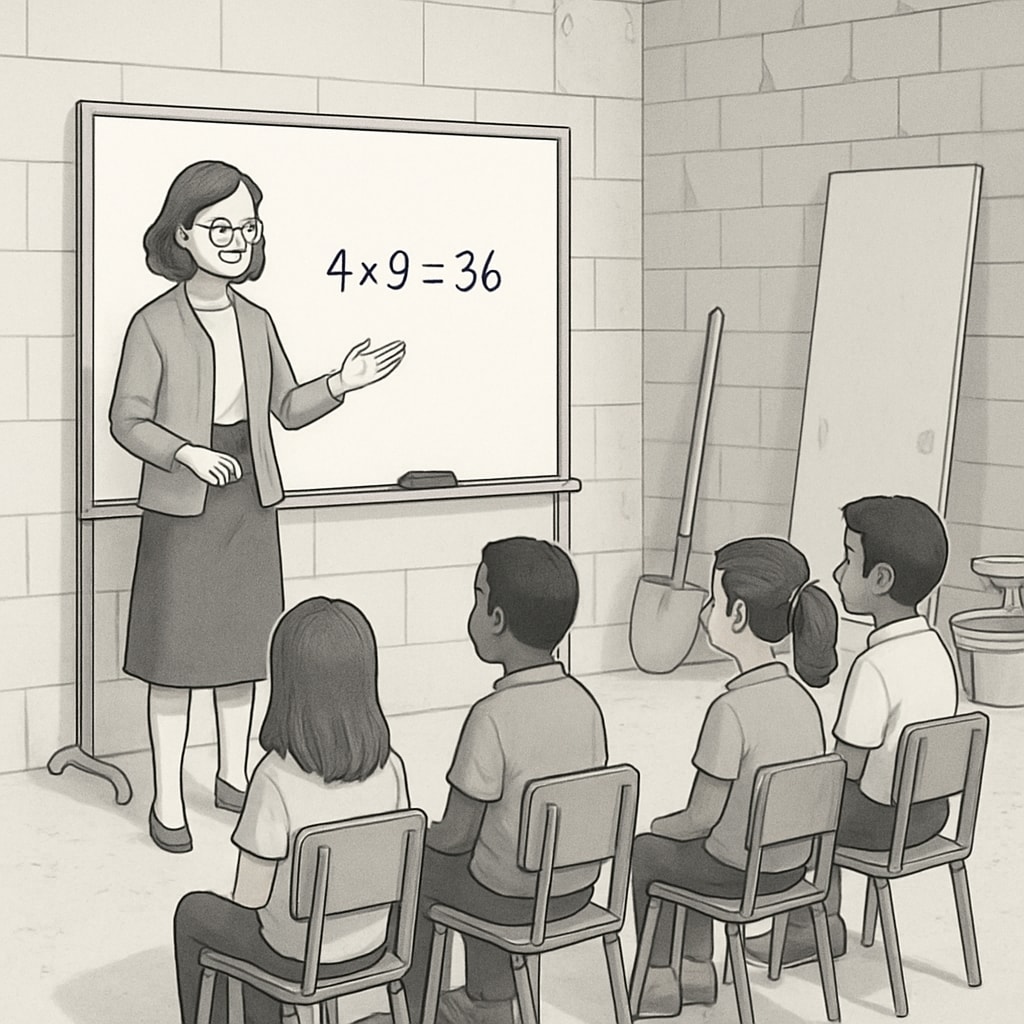Temporary school relocation during renovations introduces significant changes to elementary students’ daily lives. From adjustments in physical spaces to reduced parental involvement and limited access to familiar playgrounds, these changes shape students’ academic, social, and emotional experiences. Understanding these impacts allows educators and parents to better support children during such transitions.
How Temporary School Relocation Affects Social and Emotional Growth
One of the most noticeable changes during temporary school relocation is the disruption of students’ social routines. Children, especially younger ones, thrive on familiar environments that provide comfort and security. Moving to a new, often smaller, campus can create feelings of anxiety and disorientation. For example, the absence of familiar play areas and reduced access to recreational facilities can limit opportunities for social interaction and free play, both crucial for emotional well-being.
Additionally, the temporary nature of the relocation often leads to a sense of instability. Students may struggle to form attachments to the new environment, knowing it is not permanent. This can manifest in behavioral changes, such as withdrawal or difficulty concentrating during lessons.

The Impact on Learning Experiences and Academic Performance
The learning environment plays a critical role in academic success. Temporary school locations may lack the resources and infrastructure of permanent campuses, such as well-equipped classrooms, libraries, or science labs. Limited space can also lead to overcrowded classrooms, which might hinder students’ ability to focus and participate actively in lessons.
Moreover, the physical relocation often disrupts established routines and schedules. This can lead to logistical challenges, such as longer commutes or changes in lunch and break times, further impacting students’ ability to concentrate and perform academically. Maintaining a consistent learning environment during such transitions is essential to minimize disruptions.

Reduced Parental Involvement and Its Consequences
Parental involvement is a cornerstone of effective education, but temporary relocations can make it more challenging for parents to participate in school activities. The new location may be less accessible, leading to lower attendance at parent-teacher meetings or school events. This reduced involvement can weaken the home-school connection, which is vital for addressing students’ needs during periods of change.
In addition, parents may feel less engaged if the temporary campus does not offer the same level of communication or facilities for parent involvement. Schools must prioritize maintaining open lines of communication and creating opportunities for parents to stay involved, even in a temporary setting.
Strategies to Support Students During Relocation
While temporary school relocation poses challenges, there are strategies to mitigate its impact on students:
- Create a welcoming environment: Decorate the temporary campus with familiar symbols or themes from the original school to help students feel connected.
- Maintain routines: Keep schedules as consistent as possible to provide a sense of stability.
- Enhance communication: Regularly update parents about the relocation process and involve them in decision-making to foster a sense of community.
- Provide emotional support: Offer counseling services or peer support groups to help students adapt emotionally.
By implementing these strategies, schools can ensure that students continue to thrive despite the temporary disruptions caused by relocation.
In conclusion, temporary school relocation during renovations presents a unique set of challenges for elementary students. By focusing on maintaining stability, fostering communication, and addressing students’ social and emotional needs, educators and parents can turn this period of change into an opportunity for growth and resilience.
For further reading on the importance of stable learning environments, see Education on Britannica and Education on Wikipedia.


